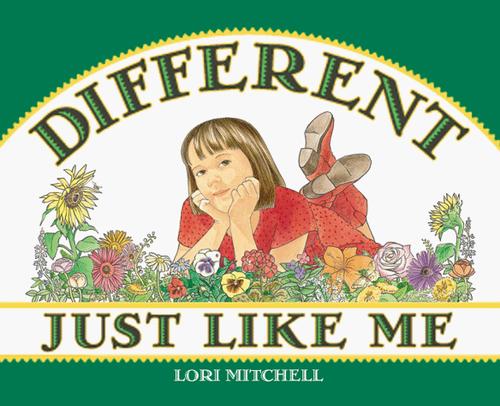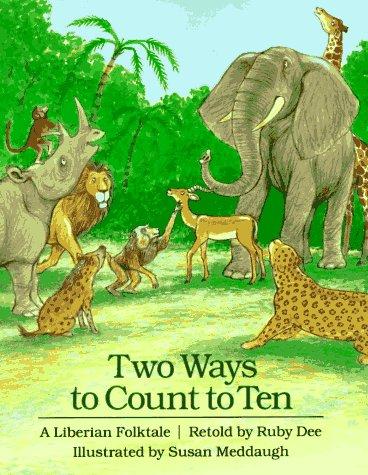Author/Illustrator: Sue Clarke
Synopsis:
This book is about the mysterious tombs of the ancient Egyptians and the pharaohs buried inside of them. Each page, shaped like a pyramid, has pop-ups where you can life the flaps of the book, explore hidden pockets, and fold outs to discover all kinds of information on King Tut's undisurbed tomb. This book includes the investigation of the Great Pyramid, the Valley of the Kings, the tomb of King Tutankhamen, and the hieroglyphics.
Pre Reading Activity:
Activity:
Have students do a think-pair-share activity about what they know about the Ancient Egyptians and their pyramids!
Post Reading Activity:
Activity:
After reading the story, have the students research the ancient pyramids and about King Tutankhamen, also known as King Tut and the story of his tomb's marvelous discovery. Set up a pyramid center in the classroom as well as other centers focused on the ancient Egyptians to have the students learn more about the pyramids and the interesting life the ancient Egyptians led!
Reflection:
I think this book is a great book to use in the classroom because it offers detailed information about different things the ancient Egyptians did with their dead to preserve and protect them. I always found Egypt to be an interesting topic to work with and the pyramids were ALWAYS my favorite topic about them. I was always fascinated in the mystery that is the pyramids and I think that in presenting the Egyptians to a class would be an experience they will remember and want to learn more about!









